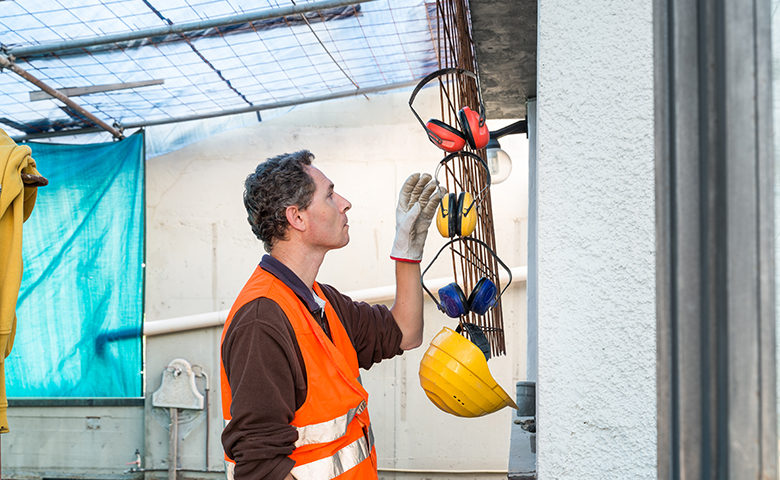Far too many employees are at risk of damaging or losing their hearing—especially those who’ve spent their lives working in noisy environments or those who haven’t been trained on how to take proper precautions. If your workplace is subject to noise hazards, consider some of the preventative measures outlined below in order to safeguard employee wellbeing.
Contain the number of workers exposed to loud noises
Ask yourself how many workers are required to complete a noisy task and whether this task can occur during a time of the day/day of the week when fewer people will be directly exposed, as this may cut the number of workers who are subject to an excessively loud environment. Also consider whether loud equipment can be moved to an area where fewer workers will be affected. According to OSHA, when working in an open space, doubling the distance between the source of noise and the worker decreases the noise by 6 decibels.
Make noise reduction a priority when upgrading machinery
Sometimes older machinery doesn’t comply with current noise-reducing recommendations. And even if it does, there are often improvements that can be made to reduce the overall noise level when the machines are operating. Ask yourself whether existing machinery can be upgraded in some way to include barriers for noise. Additionally, when upgrading machinery, choose models that are proven safer and quieter. Implementing a low-noise purchasing policy at your workplace can prove to be beneficial for employee health in the long term.
Modify the paths that noise travels through
One way to be strategic about noise reduction is to consider physically modifying how noise travels through the workplace. Enclosures can be put up around machines, and some sound paths can be blocked. Certain rooms can also be soundproofed. When possible, workplace layouts can also be rejigged to create an alternate walking area for getting around in the workplace when noisy machinery is in use.
Update PPE and offer stronger hearing protection
Workers who utilize their PPE consistently and comply with regulations reduce their chances of being exposed to noise-related risk. Employers and managers should always offer stronger noise-reducing earmuffs and earplugs. But remember that when switching PPE, always keep comfort and function in mind — the equipment should not get in the way of the worker’s ability to do a task, nor should it cause irritation as it will distract them and cause frustration.
Keep human factors in mind
As you consider all of these measures for protecting employees from hearing damage, keep in mind that human factors can determine the overall efficacy of these solutions. For example, it may affect how frequently workers wear hearing protection or follow new walking routes while machines are on. They can also influence organizational decision-making as the leadership team examines when and how machinery should be updated and operated. Human factors training can help considerably.
There are many tasks in the workplace requiring the use of heavy equipment that can pose health risks such as hearing damage. Fortunately, there are preventative steps you can take to minimize negative results. While it may take time to implement new strategies and will require effort on the part of your EHS team, you’ll end up with a safer and more efficient working environment.

